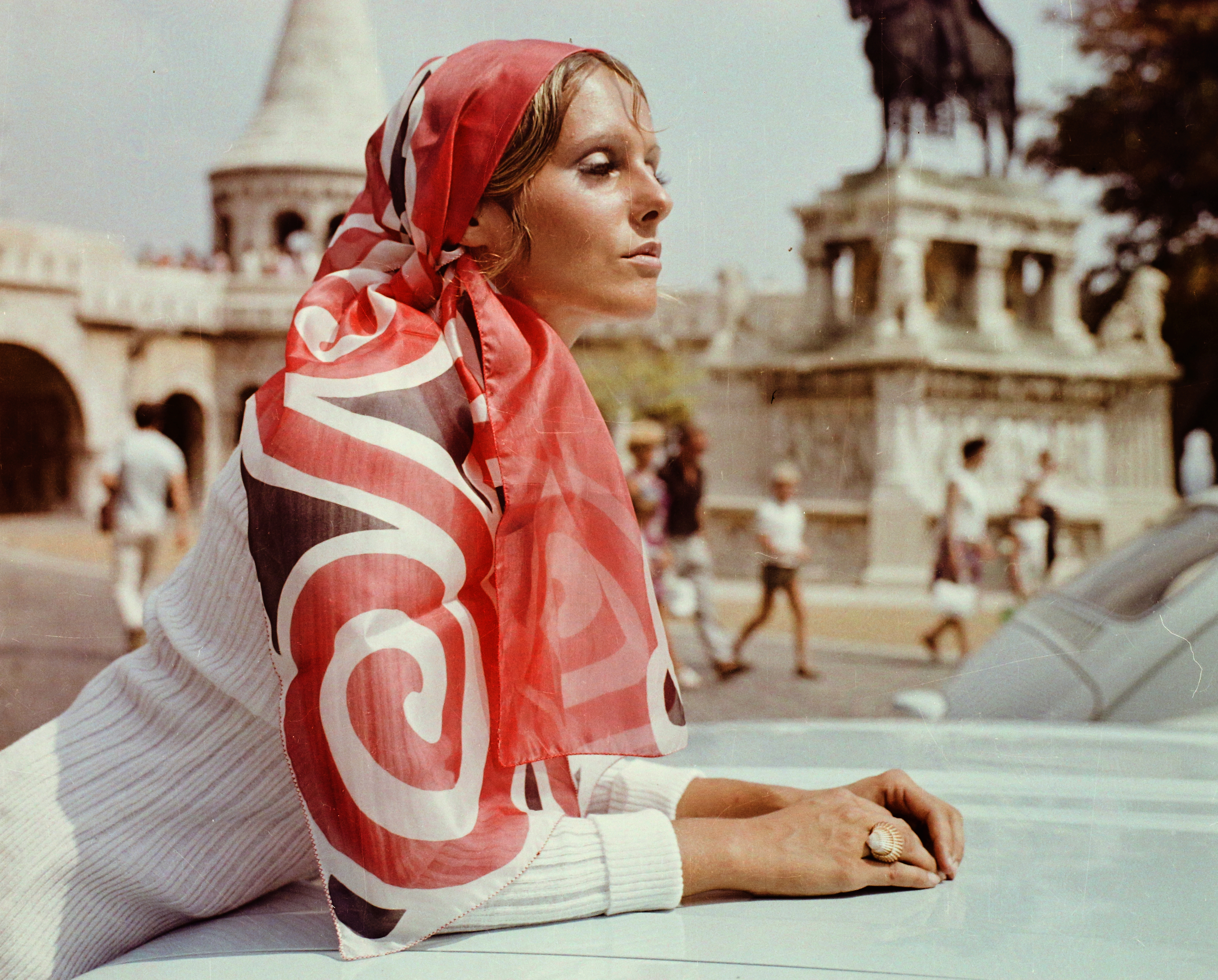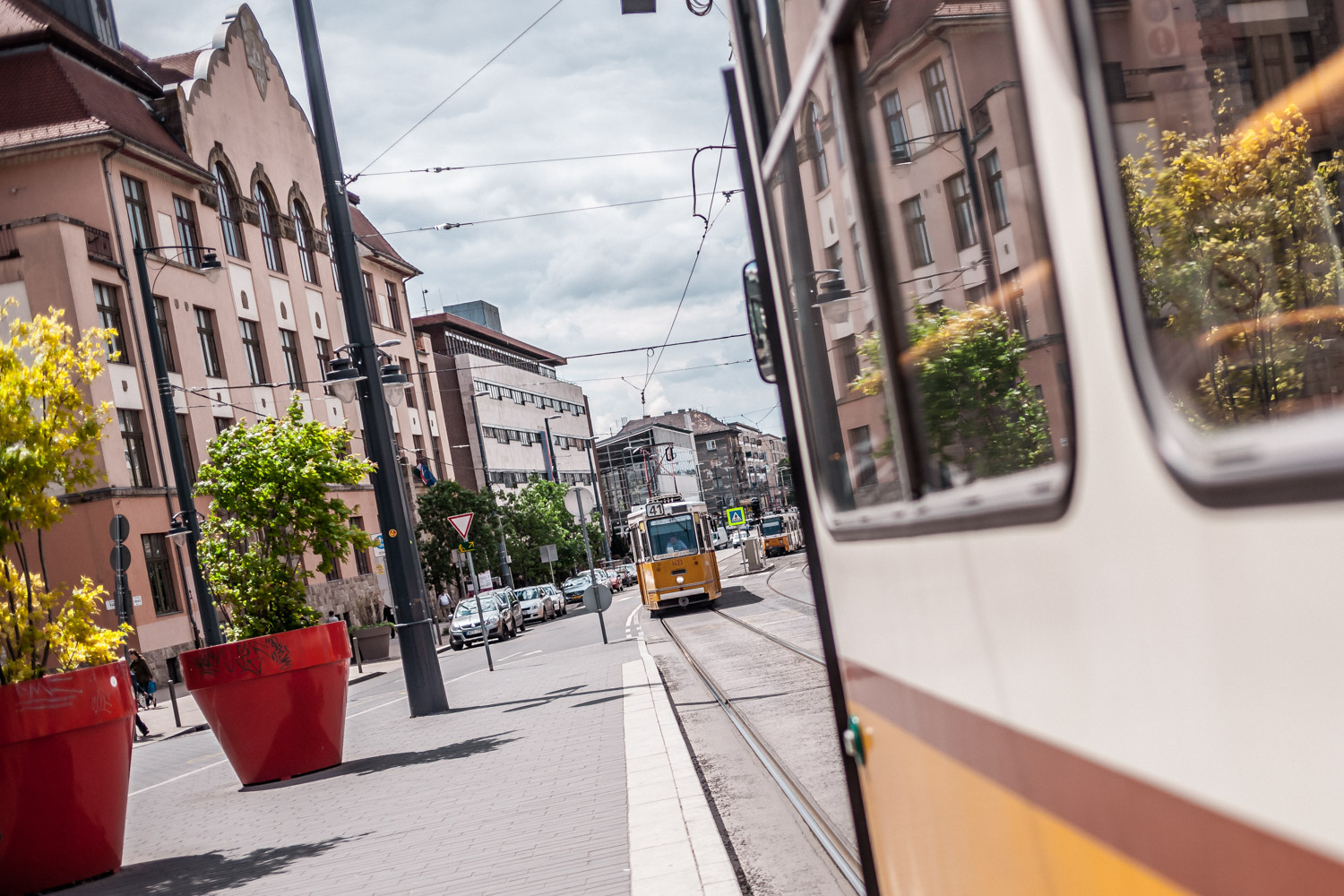It is said that whether in war or in peace, in crisis or in good times, the women of Pest have always found a way to be pretty, well-groomed and fashionable. We take a look at 100 years of ladies' fashion in Hungary's metropolis.
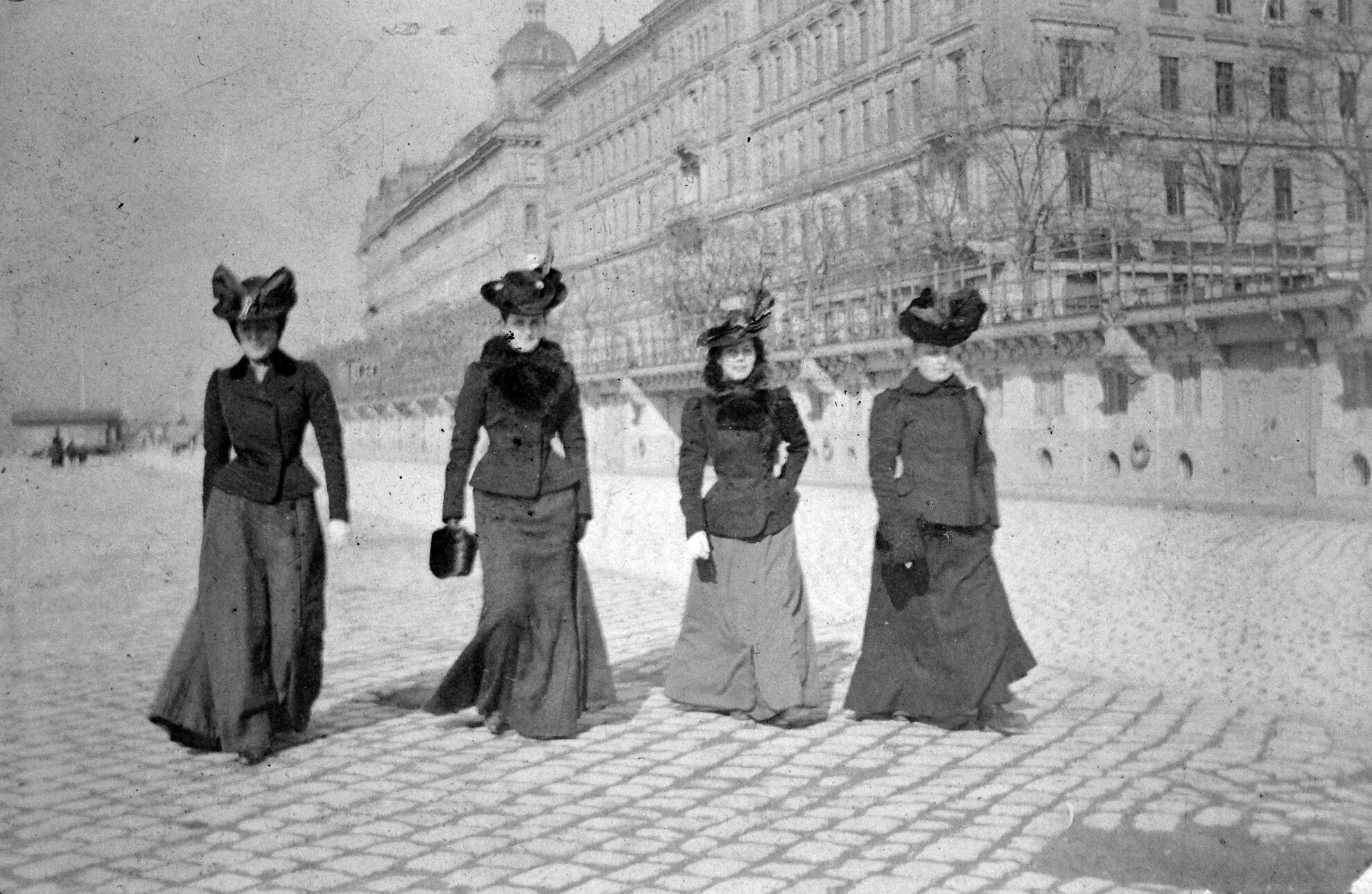
First on our photographic journey are the Visy girls, daughters of the gourmet master Elek Magyar, who was also a talented amateur photographer. The poise and elegance of the young women walking beside the Danube are as striking as if they were royalty, showcasing the life of Budapest's great bourgeoisie.
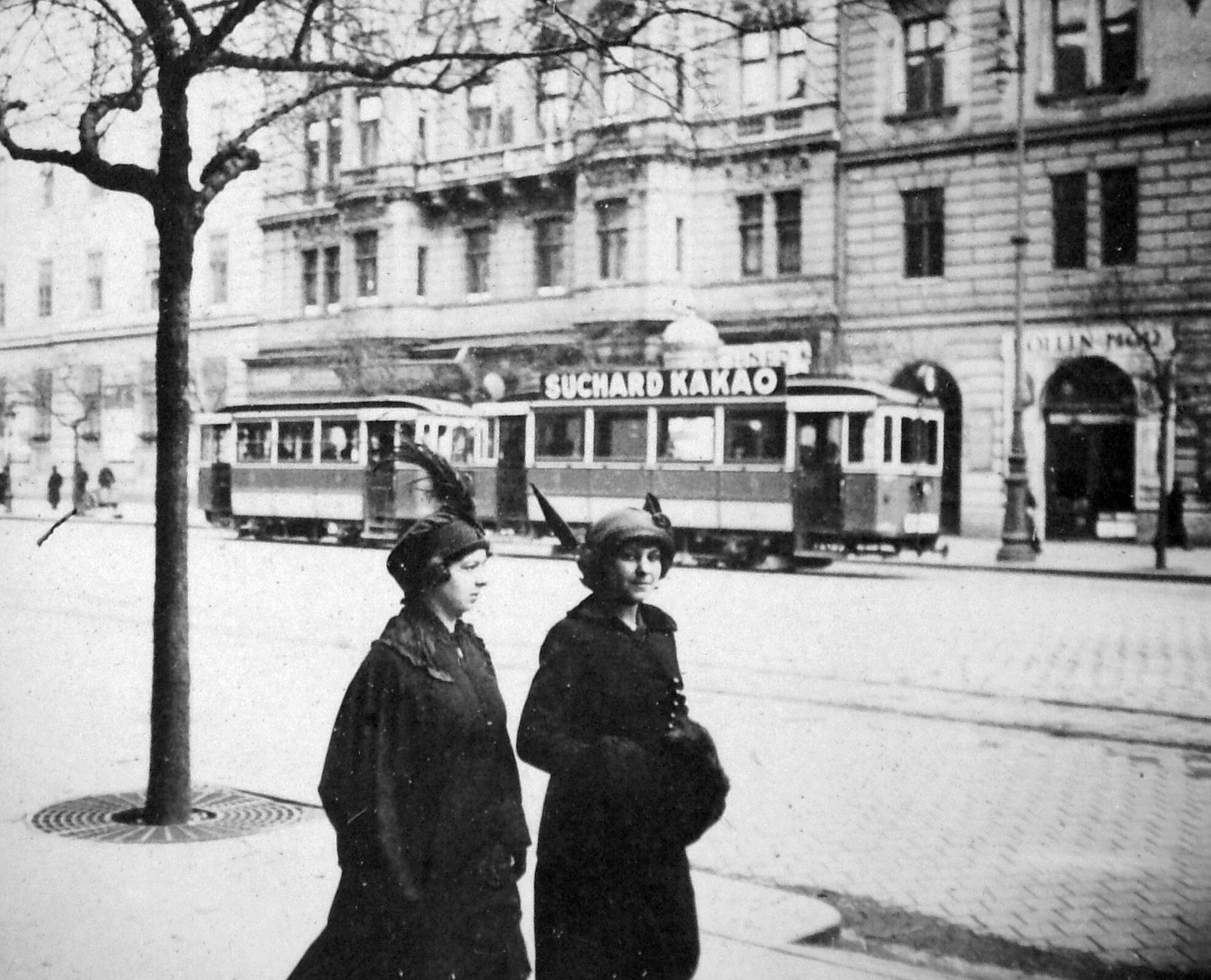
In
the stretch of ten years, skirts became shorter and hats smaller and, foreshadowing future trends, the ‘female ideal’ also became 20 kilos lighter.
During World War I, plenty of women took the place of men in the workforce, doing
tasks previously unthinkable for females.
As a result, the clothing adapted to
the new need for mobility and practicality, and short, bob hairstyles became
the norm alongside corset-free waists, knee- to ankle-length skirts and even –
gasp – trousers for women arrived in the 1920s.
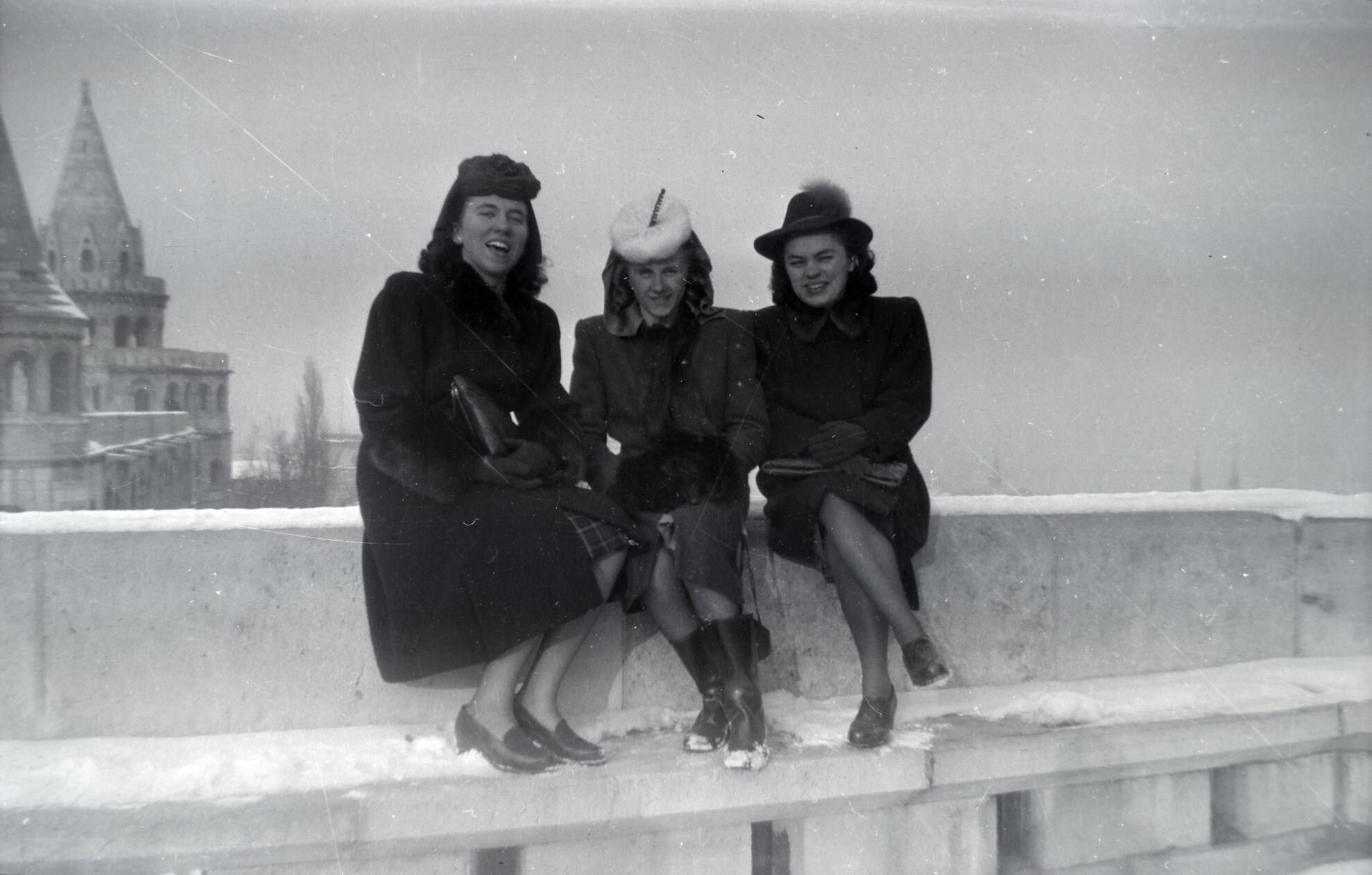
As the ‘30s came along, skirts inched up to knee-length, with thin nylon stockings, elegant furs, English curls and dainty hats. A rounded feminine shape became all the fashion again in Budapest.
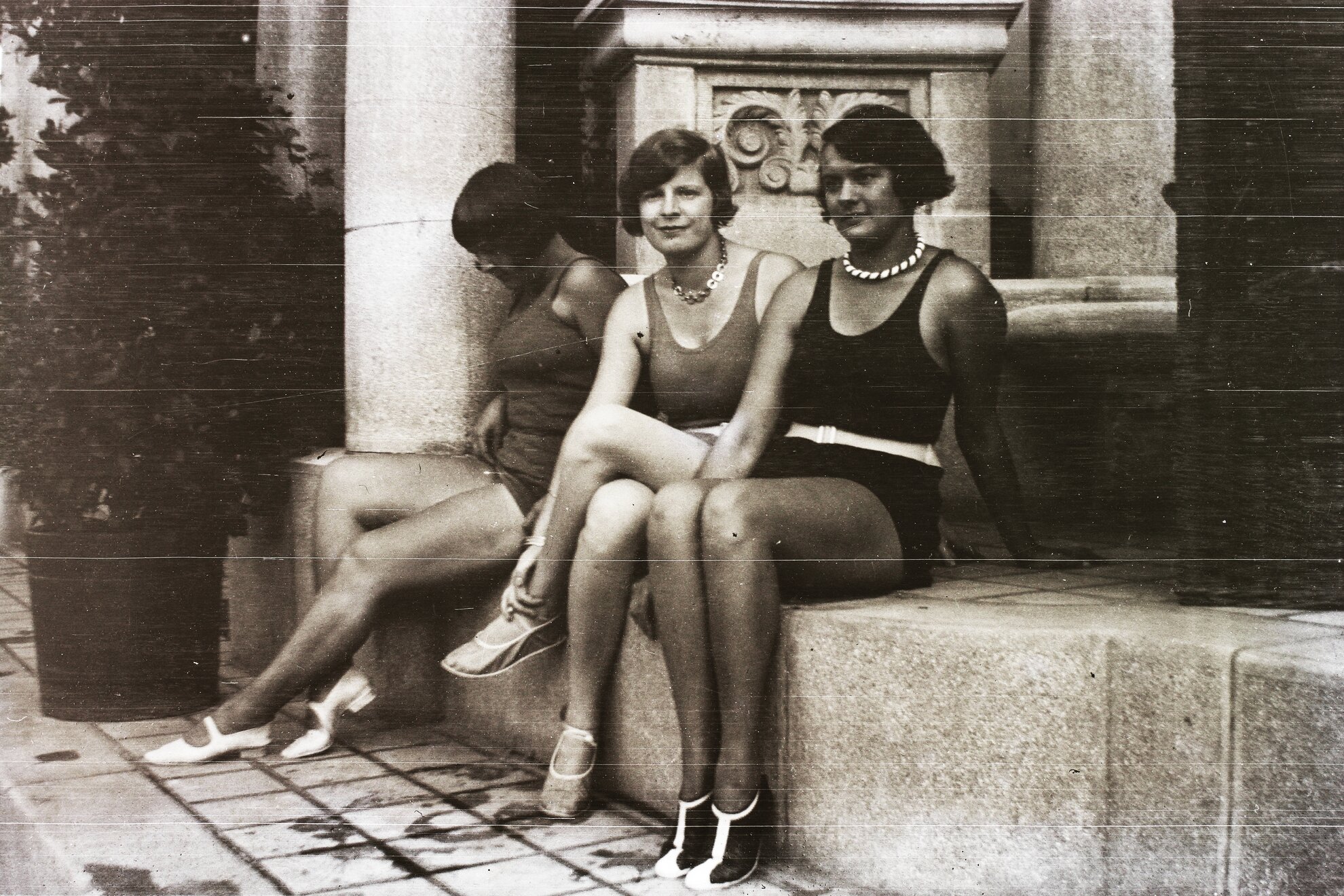
Elegance above all, even at the baths! Not only did the ladies adopt more delicate swimsuits for sunbathing at the Gellért, but pretty accessories and hip footwear secured them the title of Belles of the Bath. It was also important during these times to have a small, healthy body – not to mention a well-tailored dress and a specially-crafted hairstyle!
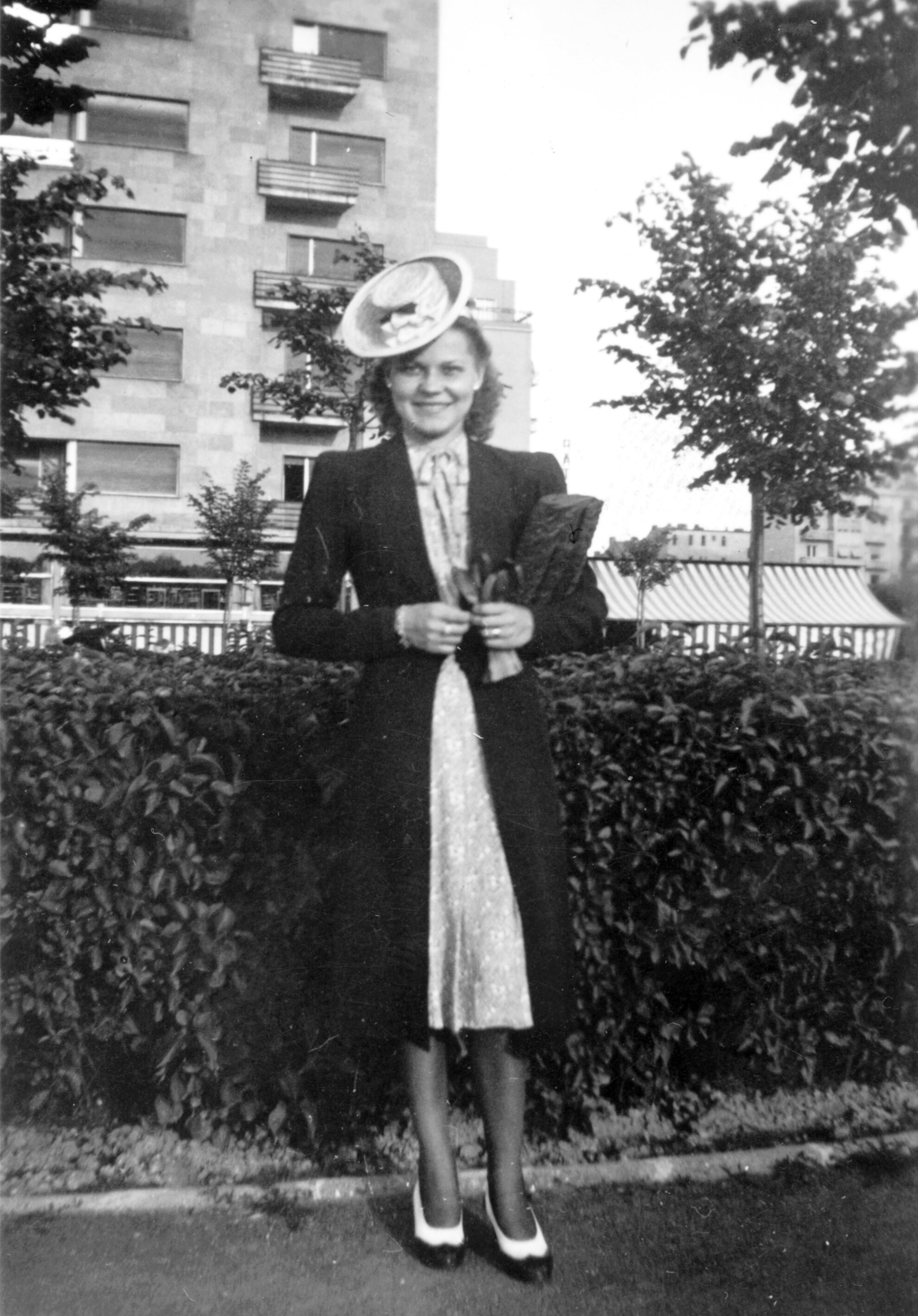
The young woman photographed in Újlipótváros, before the outbreak of World War II, shows everything that was stylish for the time: a narrow waist, shoulder pads, envelope bag, striking hat and, of course, high-heeled shoes of two different colours of leather.

The extent to which contemporary fashion kept up with the international world is well illustrated in this picture. The costume worn by this model at the 1942 presentation of the Budapest Fashion Centre is similar to what Ingrid Bergman wore in Casablanca around the same time.
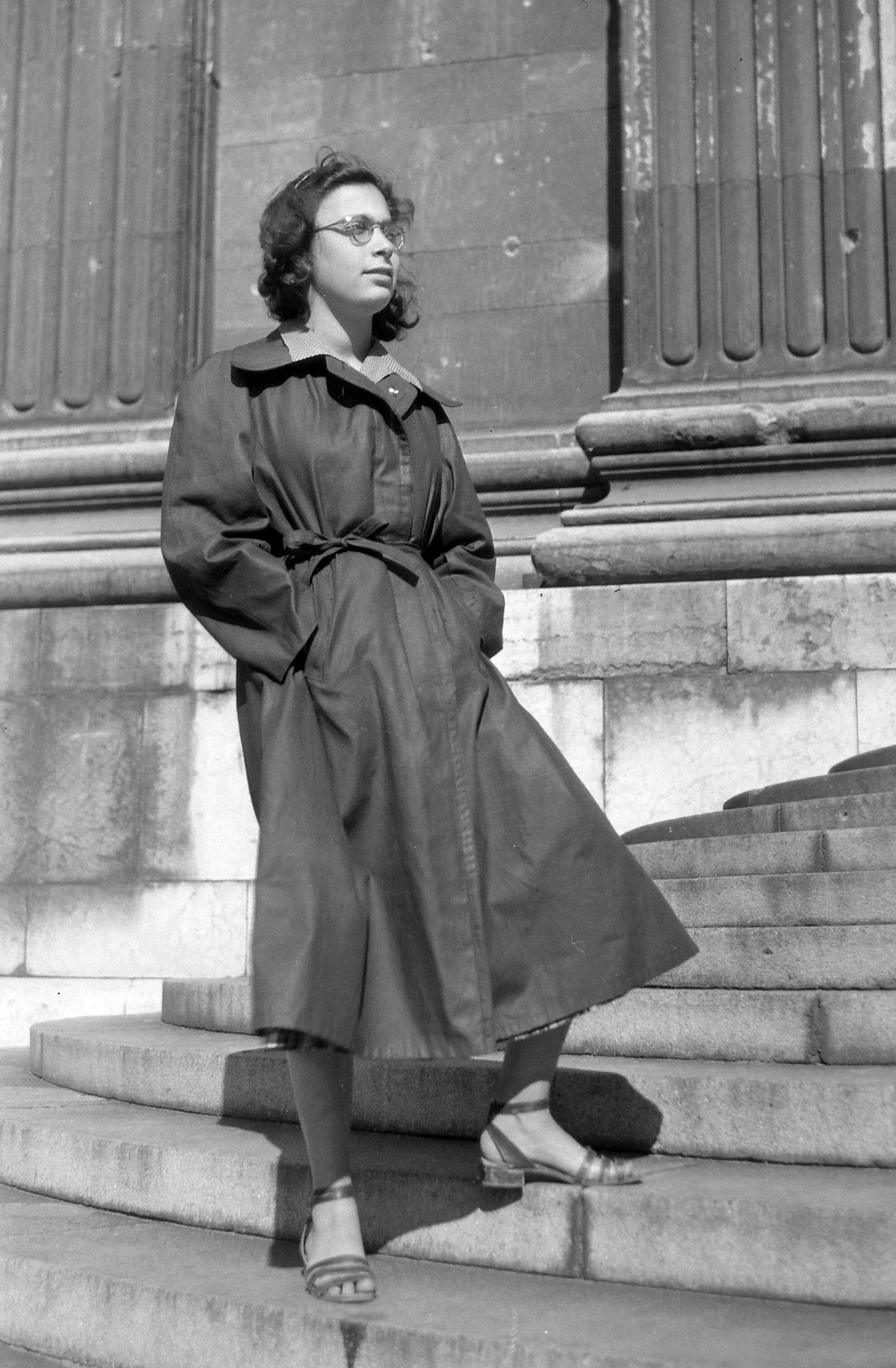
A little less elegant, but fresh and confident – a young girl in glasses and sandals poses for a photo in 1953. Underneath the jacket is clearly a fashionable, knee-length skirt, and in the early 1950s it was perfectly normal for someone not to have separate transitional shoes, and to instead wear summer sandals from early spring to late autumn.
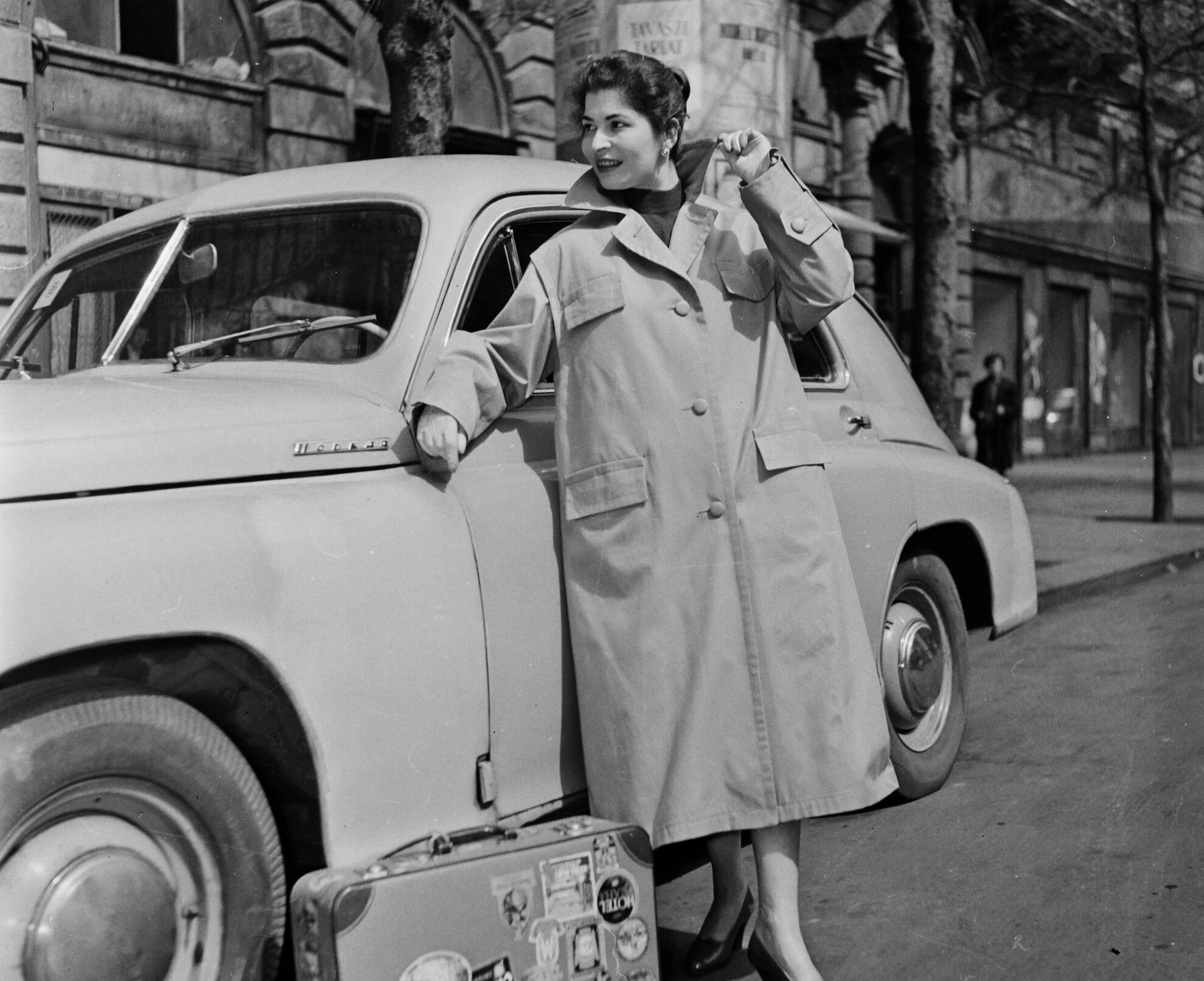
Model Ágnes Garabuczy shows us what the fashion-forward Pest woman wore in 1957, posing against a Pobeda car alongside a suitcase covered in labels of exciting places visited.
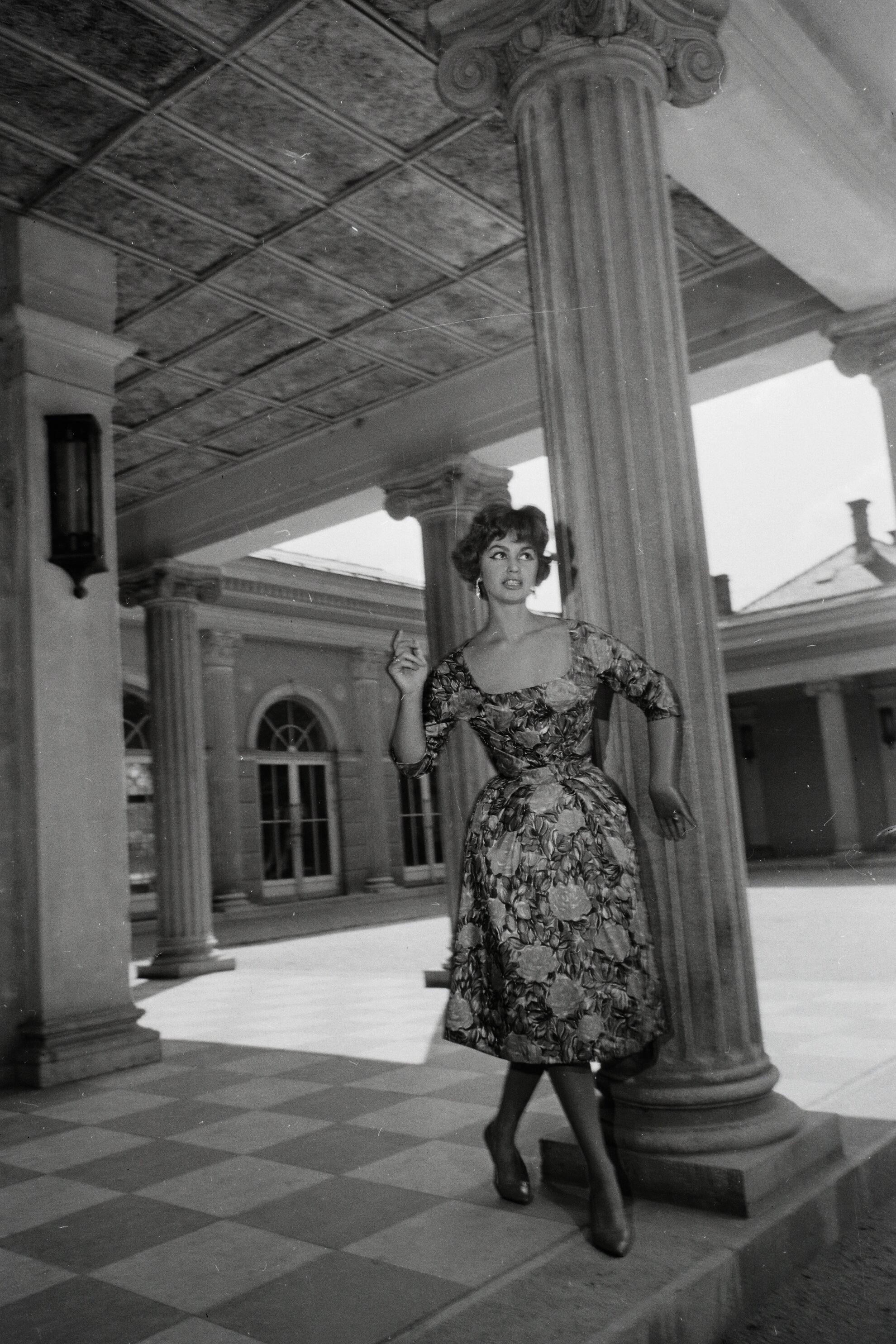
The 1960s brought significant change to what women wore, demonstrated by model Mari Borbás in a floral-print, low-neckline dress with dainty shoes and shimmering earrings.
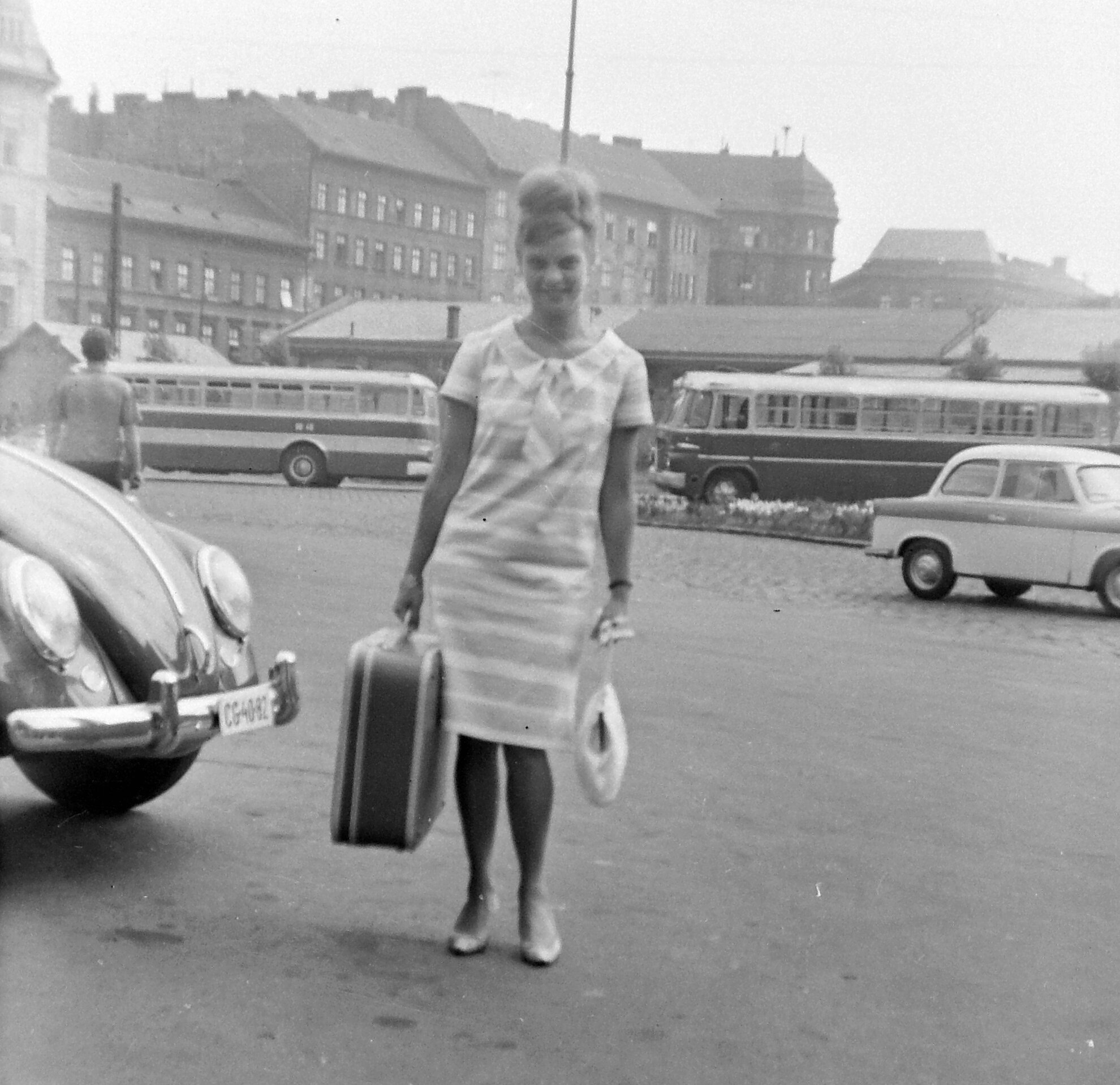
Here comes the summer of 1968, with short skirts and pop-art vibes!
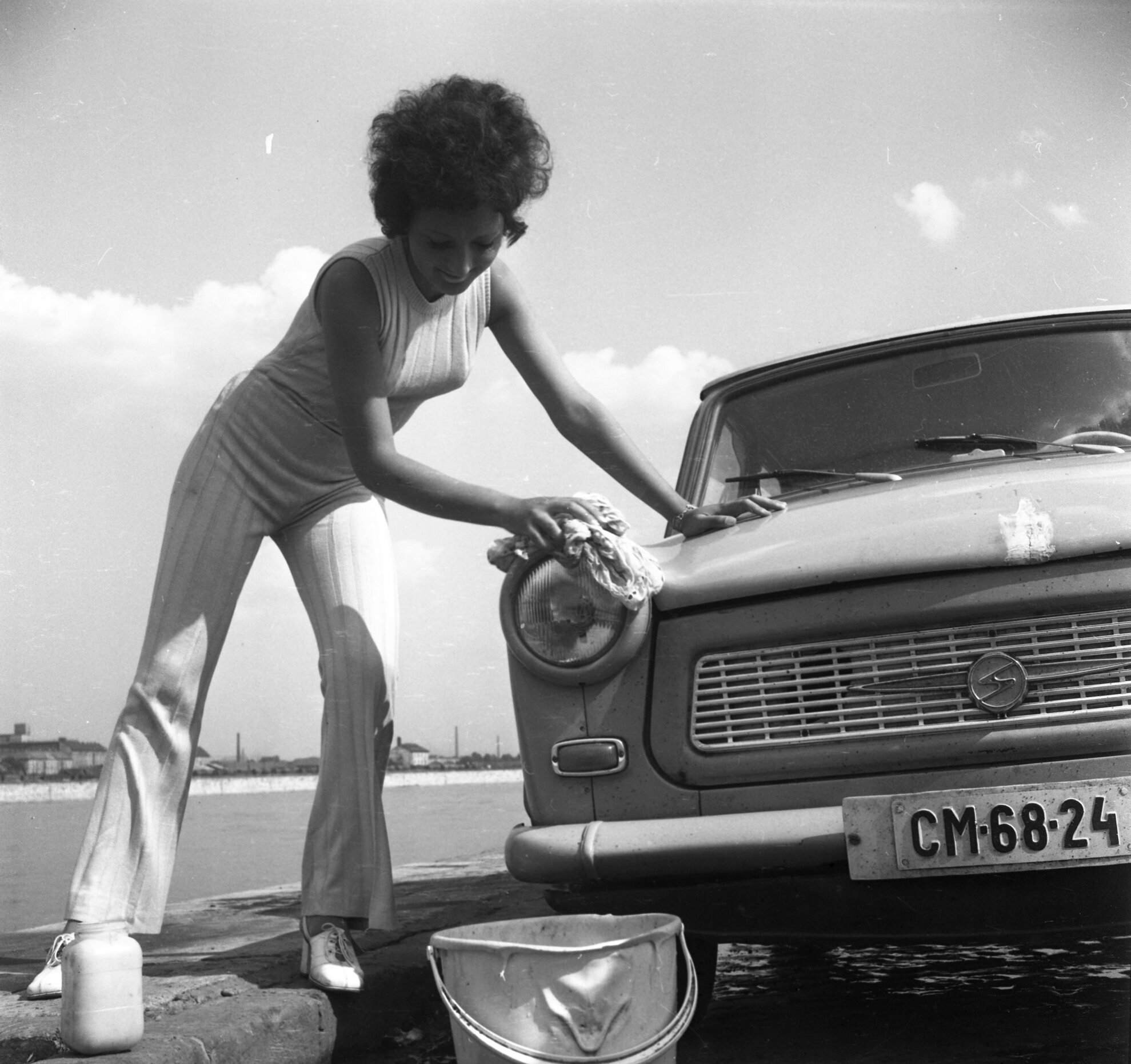
Where exactly this picture is taken, we’re not sure, but it sure does seem impossible to us these days to imagine washing our cars on the lower embankment – and in crisp white shoes, no less! Check out those flares and curls!
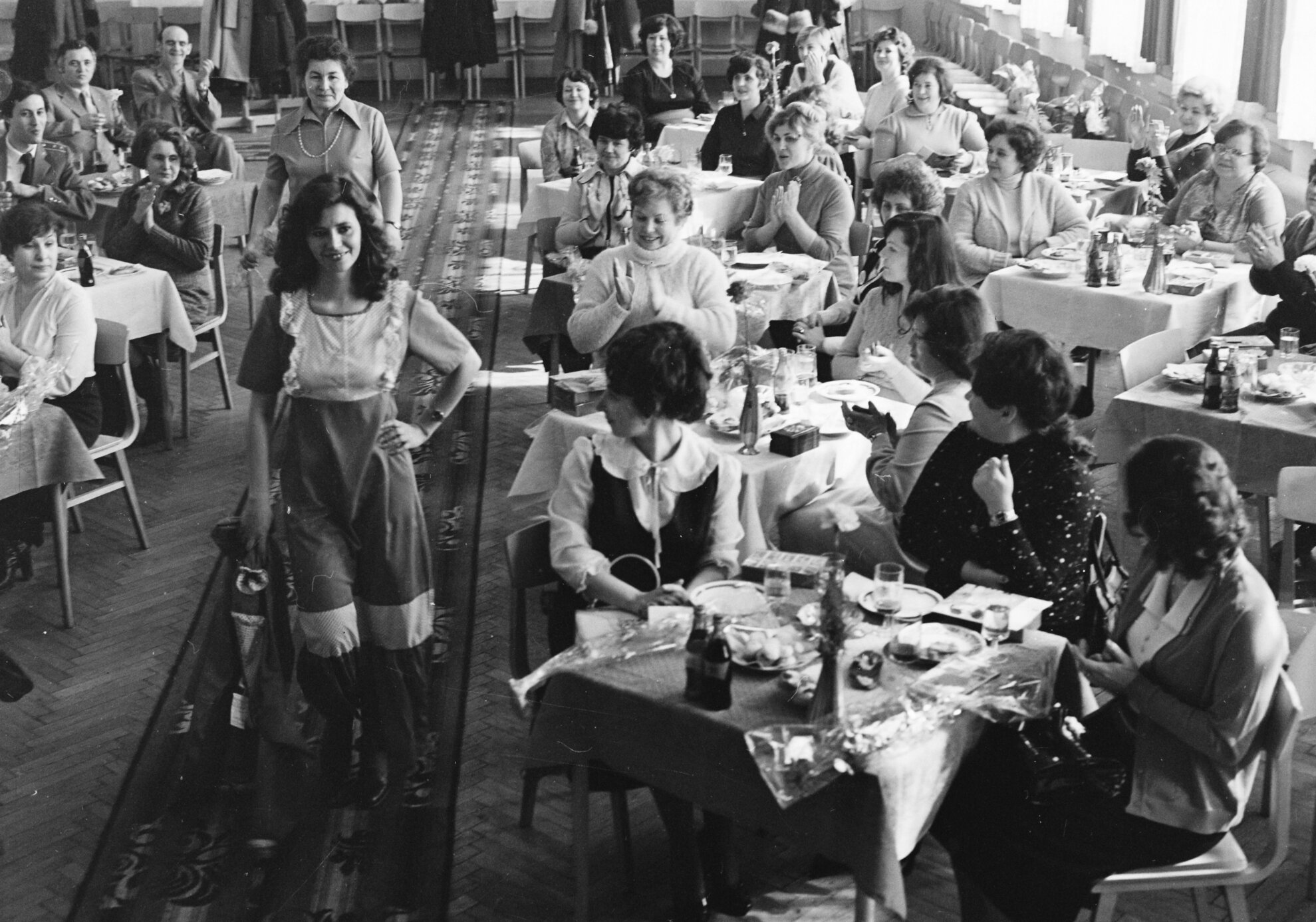
As the 80s come to Hungary, here's a fashion show in the cultural hall of the Gyufaipari Vállalat building in Nagytétény. Large, loose waves in the hair paired with a folk style were very much in vogue at that time.
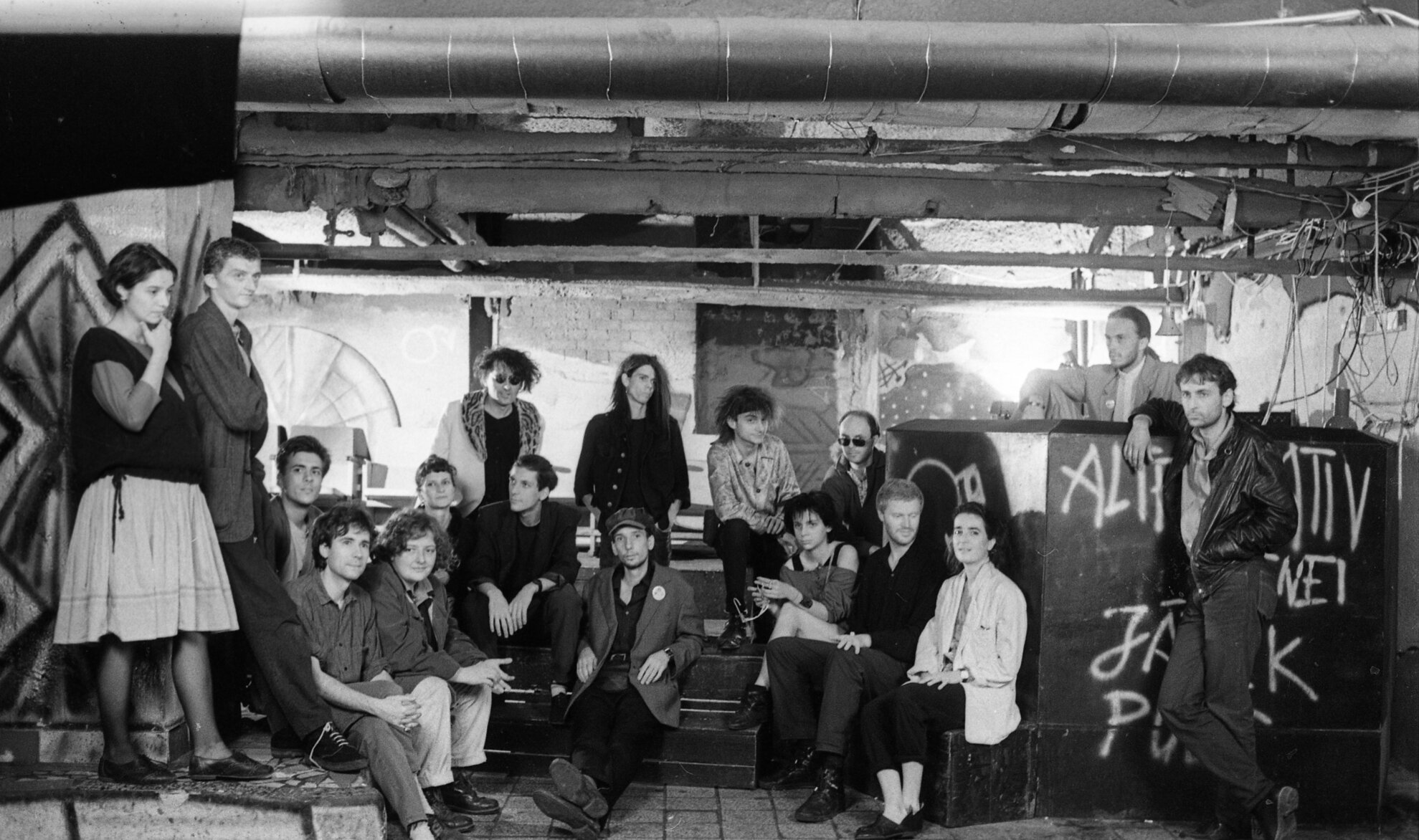
Shortly before the régime change, alternative punk dominates the style worn by these young malcontents at the Fekete Lyuk in 1988, with members of the musical group Kampec Dolores and fashion designer Tamás Király all pictured.
